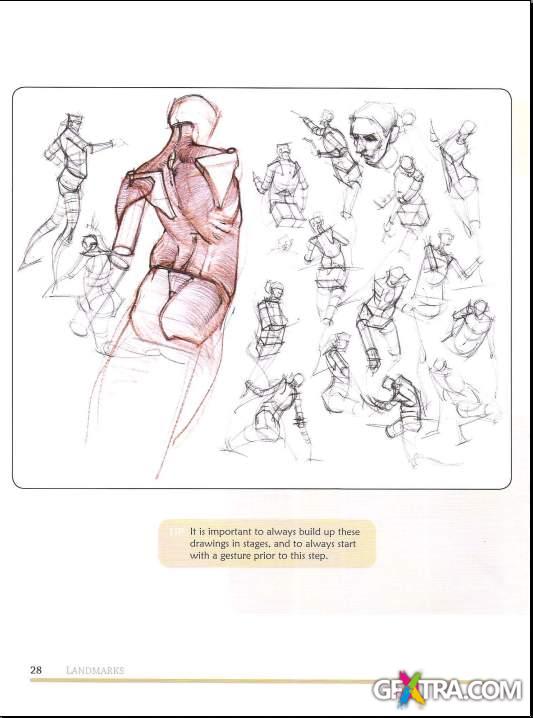

I think it’s important to have a plan or regular approach. Q: What advice would you give to artists wanting to improve their figure drawing skills? I use an old Intuos 3, Surface Pro, and a Cintiq. I would almost always prefer to work traditional (pen, prismacolor mostly), but do enjoy working digitally as well. Q: What’s your setup – digital or traditional (pencil/paper, wacom, ipad pro, surface pro, etc)? On non-teaching days I work best in the morning so usually sketch over coffee. Demoing, in-class drawing, or lecturing keeps me regularly practiced and drawing at least 3-4 hours a day. Much of my drawing routine is driven by my teaching schedule. For me, there is no more technically impressive painter/draughtsman who also manages to work within a tradition of “realism.” I have always loved and admired realist practices in the vein of Courbet or Manet for the ways they make difficult the work of representation while staying grounded in a materialist approach to the world. However, one constant throughout the years has been Jerome Witkin. Q: Who would you consider your biggest artistic influences? As it relates to studying the figure, Glen Vilppu and John Watkiss have been huge influences on the way I approach drawing, while both Andrew Cawrse and Scott Eaton have been invaluable as teachers of anatomy. While I think all education is to a certain extent digested or internalized in ways that are self directed, I have benefited enormously from amazing teachers and classes throughout the years. I love learning about the arts, and always do my best to keep involved in continuing education. I have formal degrees in Illustration, Fine Art, and am currently completing a PhD in Art History. I started my formal education in 1998-99 and haven’t stopped since. Q: Did you study art formally or are you self taught? or a combination? I started studying more seriously in my early 20’s. Like many, my first artistic love was comics and I spent hundreds of hours copying everything I could.

I was interested in the arts from a pretty young age. Q: When did you decide you wanted to be an artist? We had a few minutes to catch up with Michael about his art, process, and inspirations.

Bodies in Motion would like to introduce you to Michael Hampton, an amazingly talented artist and educator who has been doing great work with the Bodies in Motion library.


 0 kommentar(er)
0 kommentar(er)
